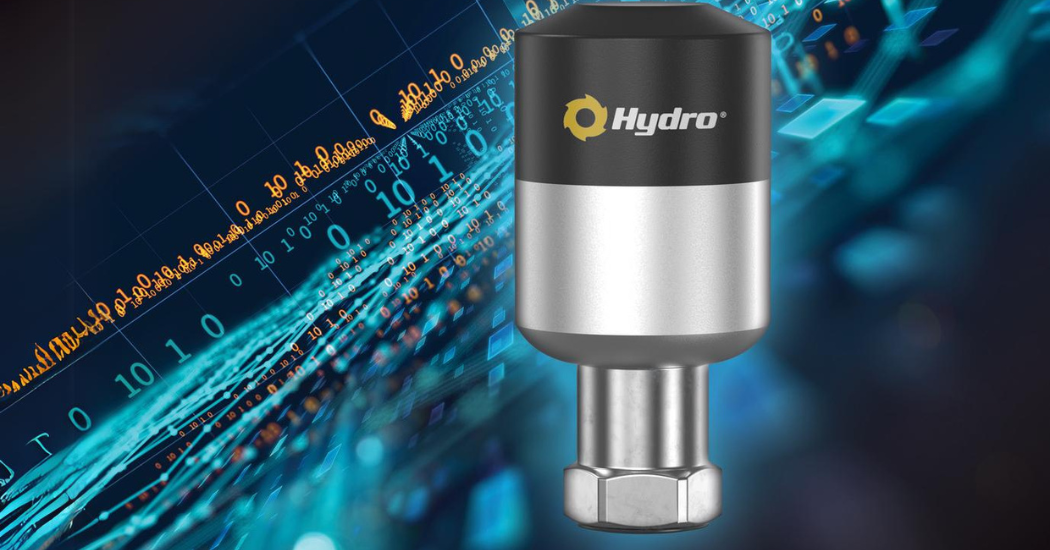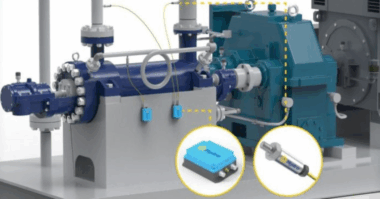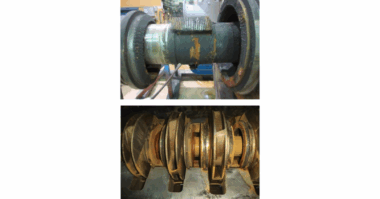From the perspective of industrial machinery maintenance, the shift from traditional route-based data collection to live condition monitoring represents a seismic leap in efficiency, accuracy, and cost- effectiveness. For decades, companies have relied on periodic inspections and manual assessments to gauge machine health. The advent of live condition monitoring technology has revolutionized this landscape, offering real-time insights into equipment performance and enabling proactive maintenance strategies. In this article, we dive into the benefits of live condition monitoring and how they contrast with the limitations of traditional methodologies.
Real-Time Insights: One of the most significant advantages of live condition monitoring is its ability to provide real-time insights into machine health. Traditional route-based data collection relies on periodic inspections, which may miss critical issues between assessment intervals. In contrast, live monitoring continuously tracks key parameters such as temperature, vibration, and pressure, allowing for immediate detection of anomalies or deviations from normal operating conditions. This real-time visibility enables maintenance teams to identify potential issues early and take proactive measures to prevent costly downtime.
Predictive Maintenance: Live condition monitoring empowers organizations to transition from reactive to predictive maintenance strategies. By analyzing data trends and using predictive algorithms, maintenance professionals can anticipate equipment failures before they occur. This proactive approach minimizes unplanned downtime, reduces repair costs, and extends the lifespan of critical assets. In contrast, traditional methodologies often result in reactive responses to equipment failures, leading to production delays and increased operational expenses.
Cost Savings: Implementing live condition monitoring can lead to substantial cost savings for businesses. By detecting and addressing issues early, organizations save by avoiding costly mid-cycle failures. Additionally, predictive maintenance allows for more efficient allocation of resources, eliminating the need for unnecessary inspections and reducing labor costs associated with reactive maintenance activities. Over time, these cost savings contribute to improved profitability and competitiveness in the market.
Enhanced Safety: Live condition monitoring contributes to enhanced safety in industrial environments by identifying potential hazards before they escalate into safety incidents. By continuously monitoring equipment performance, maintenance teams can detect abnormalities that may pose risks to personnel or property. Prompt intervention based on real-time data ensures that corrective actions are taken swiftly, mitigating safety concerns and preventing accidents in the workplace. In contrast, traditional methodologies may overlook hidden hazards until they manifest as serious safety incidents. Another way wireless condition monitoring supports improved safety is by reducing worker exposure to hazardous environments, such as enclosed or hard-to-reach spaces or areas with chemical or radiation exposure. By providing automated data collection, the need to enter these areas to assess equipment health is greatly reduced.
Data-Driven Decision Making: Live condition monitoring generates vast amounts of data that can be leveraged to make informed decisions about equipment maintenance and operations. Advanced analytics tools enable organizations to extract actionable insights from this data, facilitating data-driven decision-making processes. By analyzing historical trends and performance metrics, companies can optimize equipment utilization, schedule maintenance activities more efficiently, and identify opportunities for process improvements. In contrast, traditional methodologies rely on manual data collection and subjective assessments, which may lack the depth and accuracy provided by real-time monitoring and analytics.
The benefits of live condition monitoring for machine health are undeniable. By providing real-time insights, enabling predictive maintenance, reducing costs, enhancing safety, and facilitating data-driven decision-making, live monitoring technology revolutionizes the way organizations manage their assets. As industries continue to embrace digitalization and automation, live condition monitoring will undoubtedly play a central role in optimizing equipment performance, maximizing uptime, and driving operational excellence.




